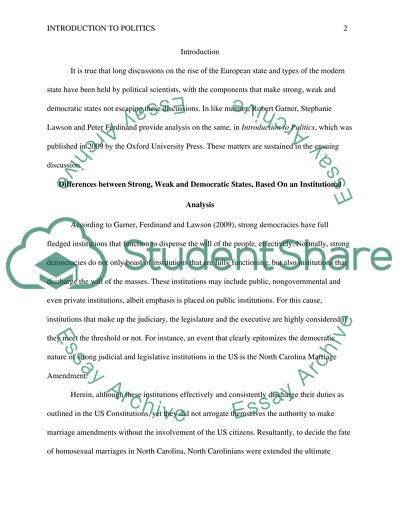Cite this document
(“The Rise of the European State and the Modern State Essay”, n.d.)
The Rise of the European State and the Modern State Essay. Retrieved from https://studentshare.org/history/1467266-the--rise-of-the-european-state-and-the-modern-state
The Rise of the European State and the Modern State Essay. Retrieved from https://studentshare.org/history/1467266-the--rise-of-the-european-state-and-the-modern-state
(The Rise of the European State and the Modern State Essay)
The Rise of the European State and the Modern State Essay. https://studentshare.org/history/1467266-the--rise-of-the-european-state-and-the-modern-state.
The Rise of the European State and the Modern State Essay. https://studentshare.org/history/1467266-the--rise-of-the-european-state-and-the-modern-state.
“The Rise of the European State and the Modern State Essay”, n.d. https://studentshare.org/history/1467266-the--rise-of-the-european-state-and-the-modern-state.


